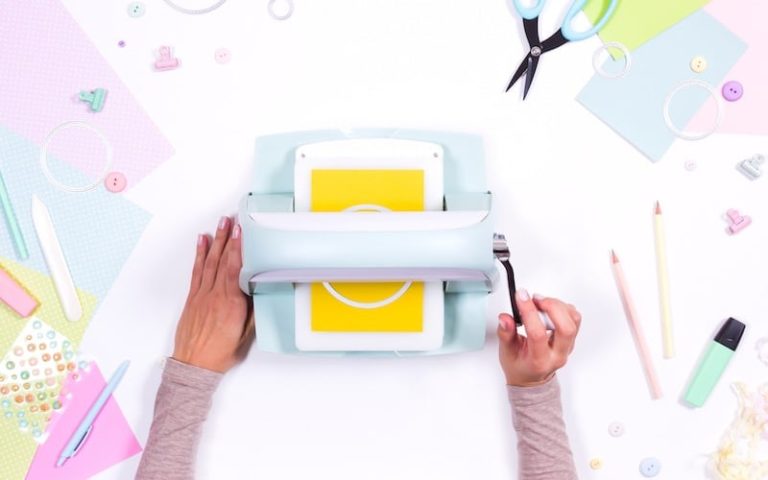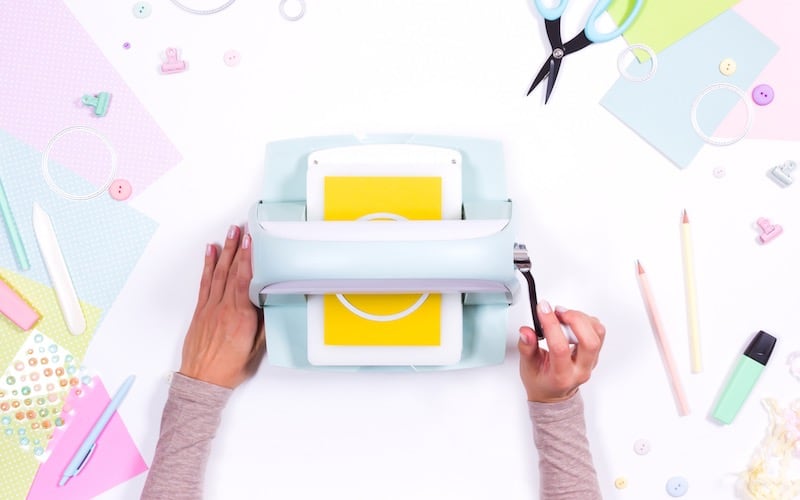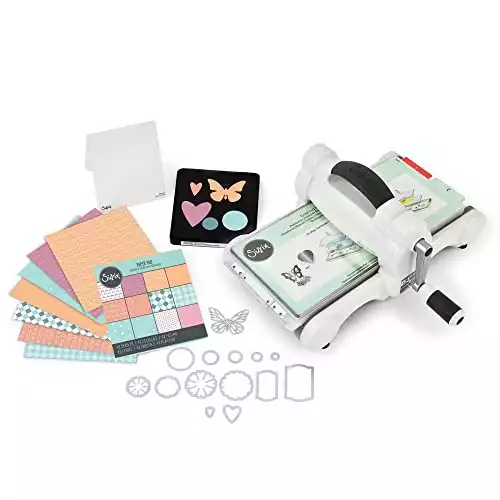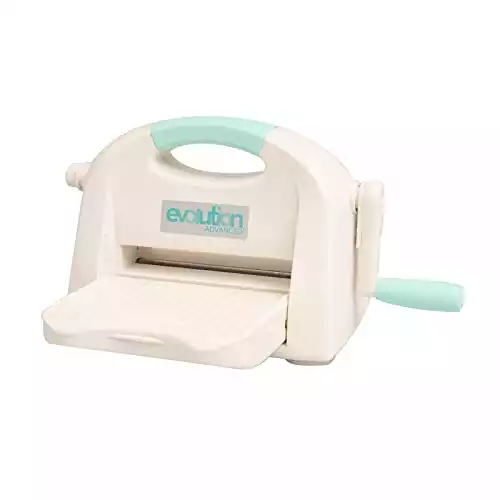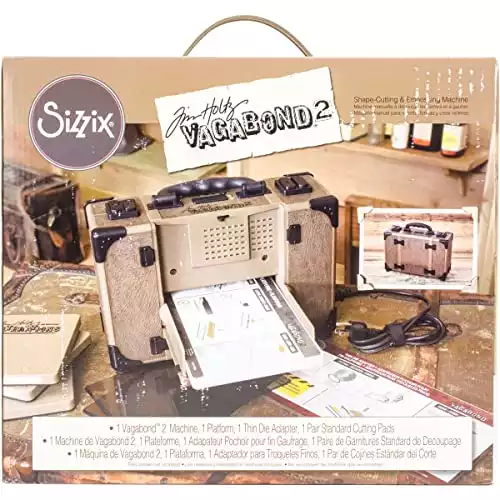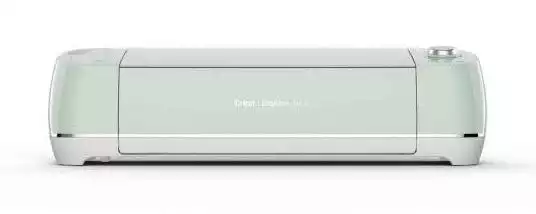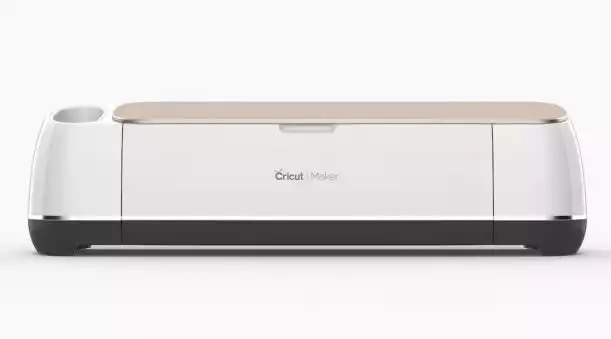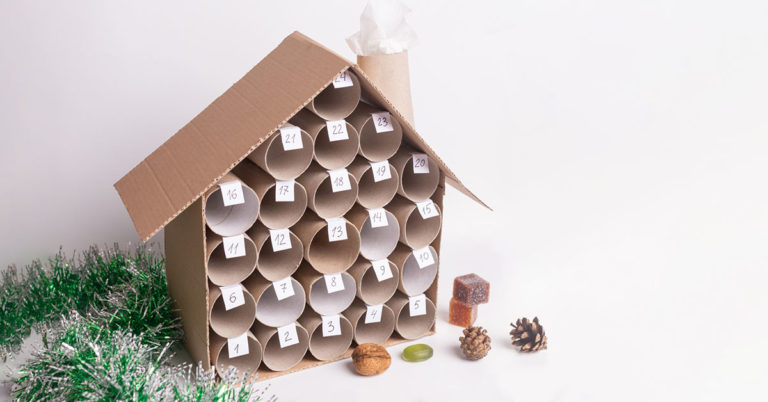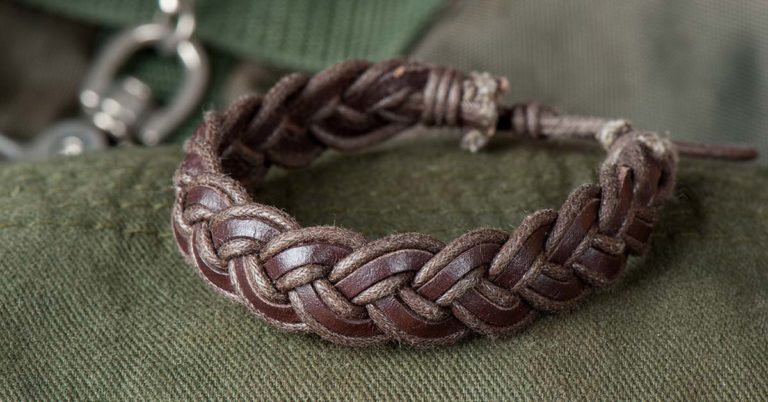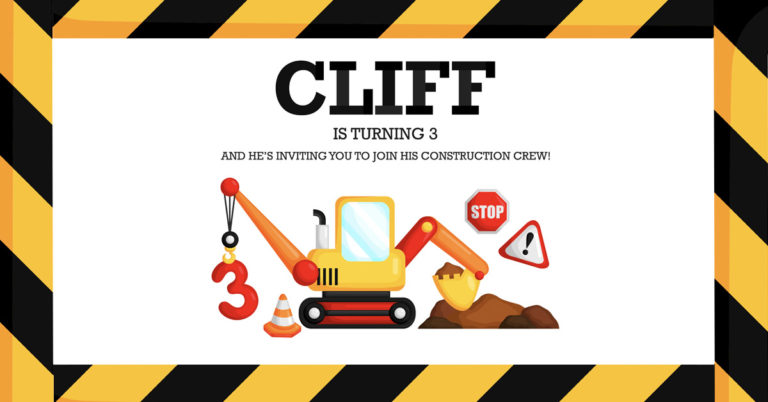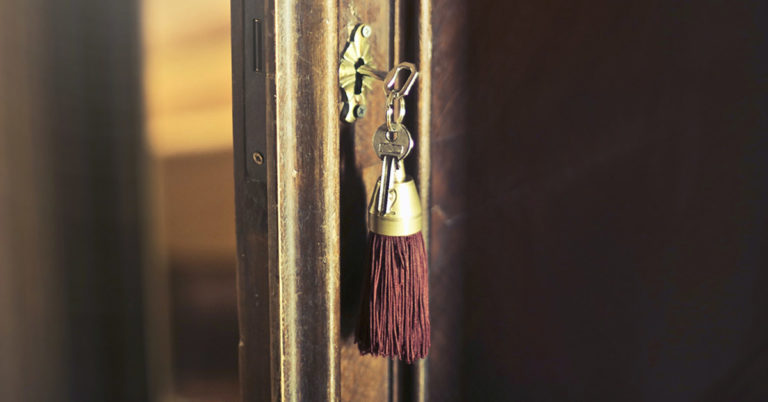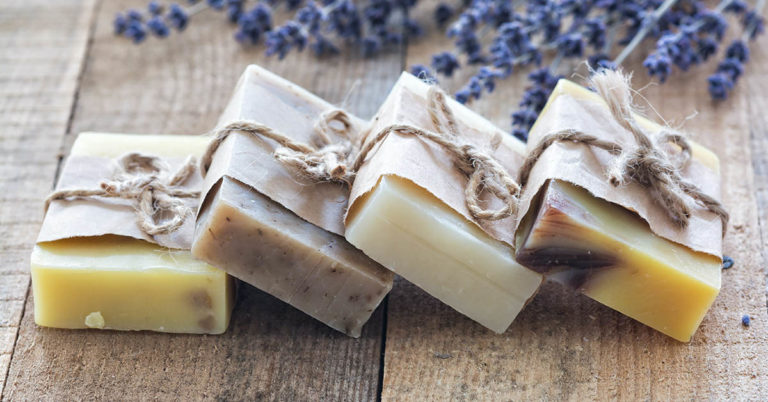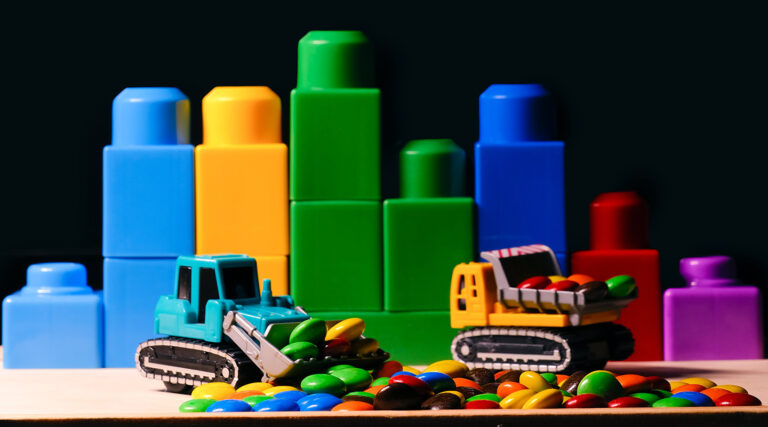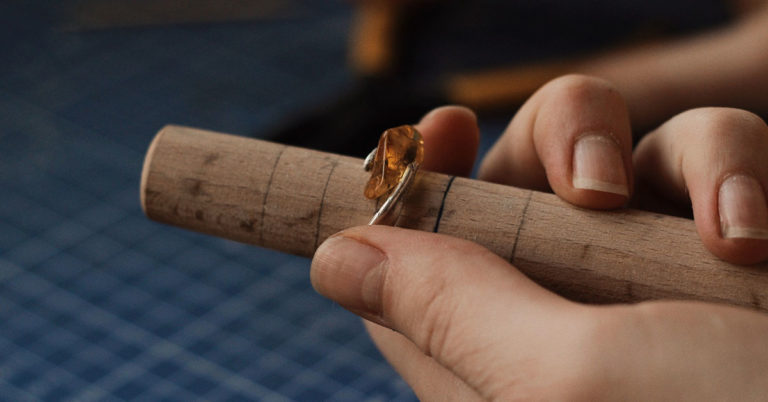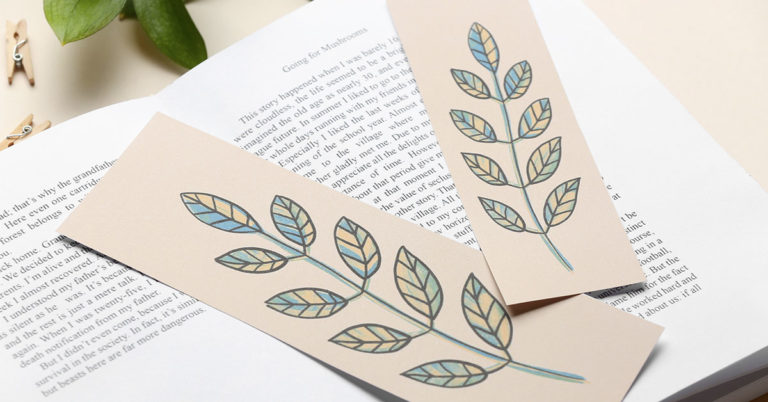You may have heard the term die cutting thrown around in craft circles from time to time. If you aren’t sure what it means, don’t worry! We’ll break it down for you.
Die cutting refers to the act of cutting out a shape or design several times using a machine.
Die cutting has been utilized in many manufacturing processes (such as making product packaging) for decades. It became incredibly popular with hobbyists, scrapbookers, and crafters about ten years ago and has only gained in popularity since.
How die cutters work
Traditionally, die cutting refers to placing a “die” (a piece of metal in the shape of your design) on top of thin material like paper, cardboard, foil, sheet metal, etc.
You then use a special machine (or even a hydraulic press when cutting through heavy sheet metal) to apply pressure to the die until it cuts through to material beneath it, almost like using a cookie cutter.
More recently, many cutters have become fully digital and replaced their metal dies with sharp blades. The blade cuts out custom designs fed from a computer. These computerized “cutting machines” have opened up seemingly endless possibilities to crafters and small businesses alike.
How die cutting machines work
There are a variety of different die cutting machines on the market, and they come in three different types: manual, electronic, and computerized.
Let’s take a look at how each type works.
Manual machines
Manual die cutting machines come in a few different forms, but the most popular style for crafters is a flatbed roller design that looks (and works) similar to a pasta press.
You sandwich your die and material in between two acrylic sheets that come with the machine. You use a hand crank to turn two large rollers inside the machine and feed your layers of material between the rollers.
The rollers move your layers through the machine and out the other side. As they do so, they apply even pressure, so the die will cut through your material.
The Sizzix BigShot is the most popular manual die cutters available, though the We R Memory Keepers EVOLAD is a close second due to its lower price point. They each come with a good selection of die cartridges, so you have many different shapes and designs available to you.
One of the best benefits of a manual machine is that they can also emboss your materials with them. The Sizzix BigShot, in particular, has a large assortment of textured metal plates that can emboss their pattern onto paper, cardboard, and even thin sheet metal.
You are limited to the cartridges and dies that are compatible with your machine, which is a big downside if you want more customization. However, they are a great introductory die cutter and have enough capabilities to keep most hobbyists entertained for a while.
Electronic machines
Electronic die cutting machines use the same process as manual cutting machines. The main difference is that they use a motor to turn the rollers instead of a hand crank.
The first Cricut models used this technology, though they have switched almost exclusively to computerized machines now.
The Sizzix Vagabond 2 is the popular choice for electronic die cutters now. You are still limited to dies and cartridges for your designs; however, Sizzix cartridges, dies, and texture sheets are cross-compatible.
So, if you started out with a BigShot and upgraded to the Vagabond, you could still use all of your dies and cartridges.
Computerized machines
Computerized cutting machines are fully electronic and utilize a small blade instead of a die to cut through substrates.
This technology has been used in large vinyl plotters for sign making for years. The crafting models scaled it down considerably and made it a flatbed application to widen the variety of usable materials.
They use small rollers to feed the material into the machine, and the blade moves left to right on rails to cut through the material as it feeds, similar to how a household printer works.
Computerized cutters offer much more flexibility because they are not limited to shaped dies and prefabricated cartridges. They read their designs from a computer, which means you can easily buy and edit digital files.
You can even make your own designs by creating SVG files in a vector program like Inkscape or Adobe Illustrator.
Cutting machines can use a wide variety of materials including paper, cardboard, fabric, vinyl, htv, foam, foil, and more.
While it is most common to see crafters using their cutting machines with vinyl to make custom signs, mugs, decals, and t-shirts, computerized cutting machines are exceptional for a wide array of projects. These include things like pop-up cards, stickers, and scrapbooking decorations.
The most popular computerized cutting machines are the Cricut Air 2 and Silhouette Cameo.
Both are fantastic products and each model has its pros and cons. The Cricut Air 2 is built more solidly, but the Silhouette has much better software, so it’s important to research both models before buying to see which one better suits your needs.
Who should buy a die cutter
Die cutting machines have such a broad range of applications that any crafter could find some use for one. That being said, each type of die cutting machine is better suited to some projects than others.
Manual and electronic cutters are popular with scrapbookers because it is an easier and less expensive way to make papercraft ornaments for their scrapbook pages than with a computerized model.
A Cricut or Silhouette has a broader appeal because they aren’t as limited in their designs or materials. Even sewists can find something to be excited about in a computerized cutting machine since the Cricut Maker cuts fabric pieces directly from Simplicity patterns.
Wrapping it up
That was everything you needed to know about die cutting, including what it is, what machine types are available, and which consumers could benefit from one.
Still have questions? Let us know in the comments below!

